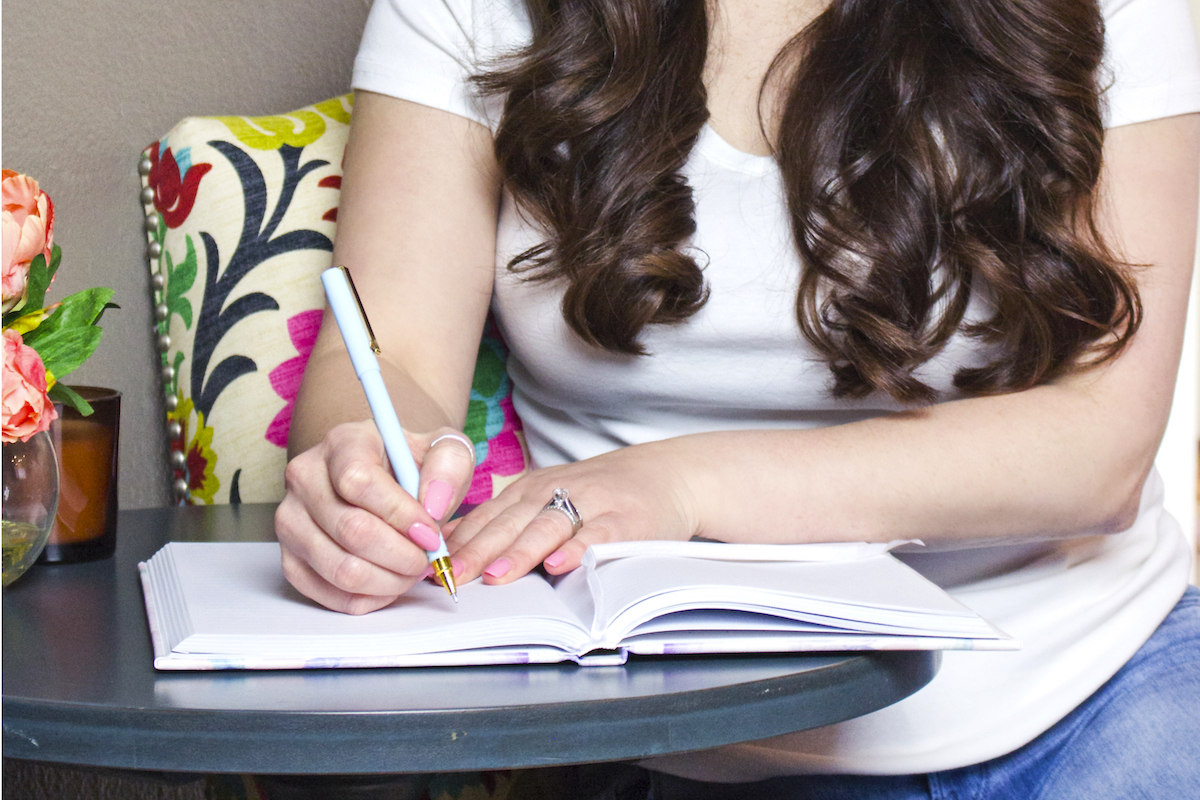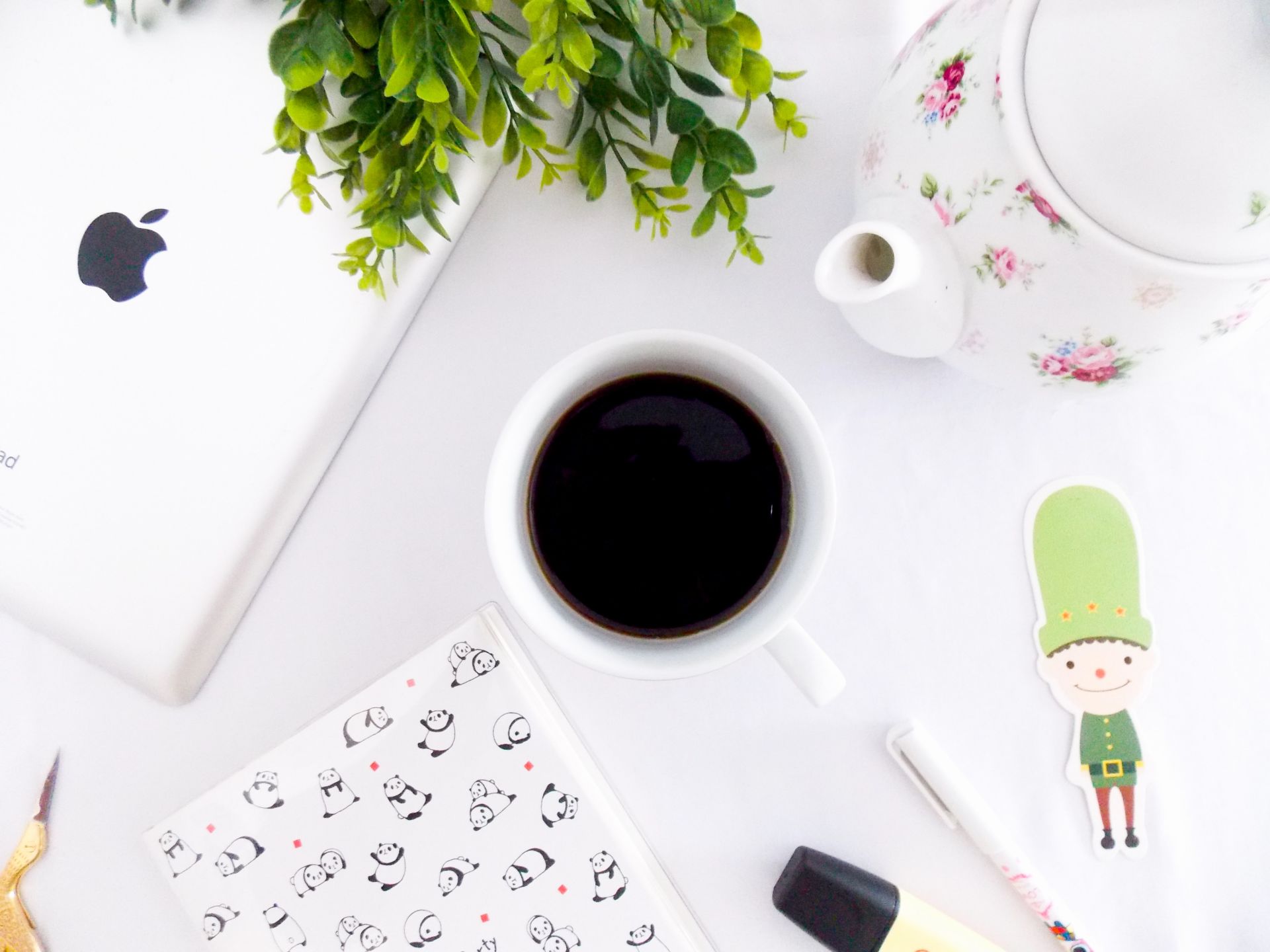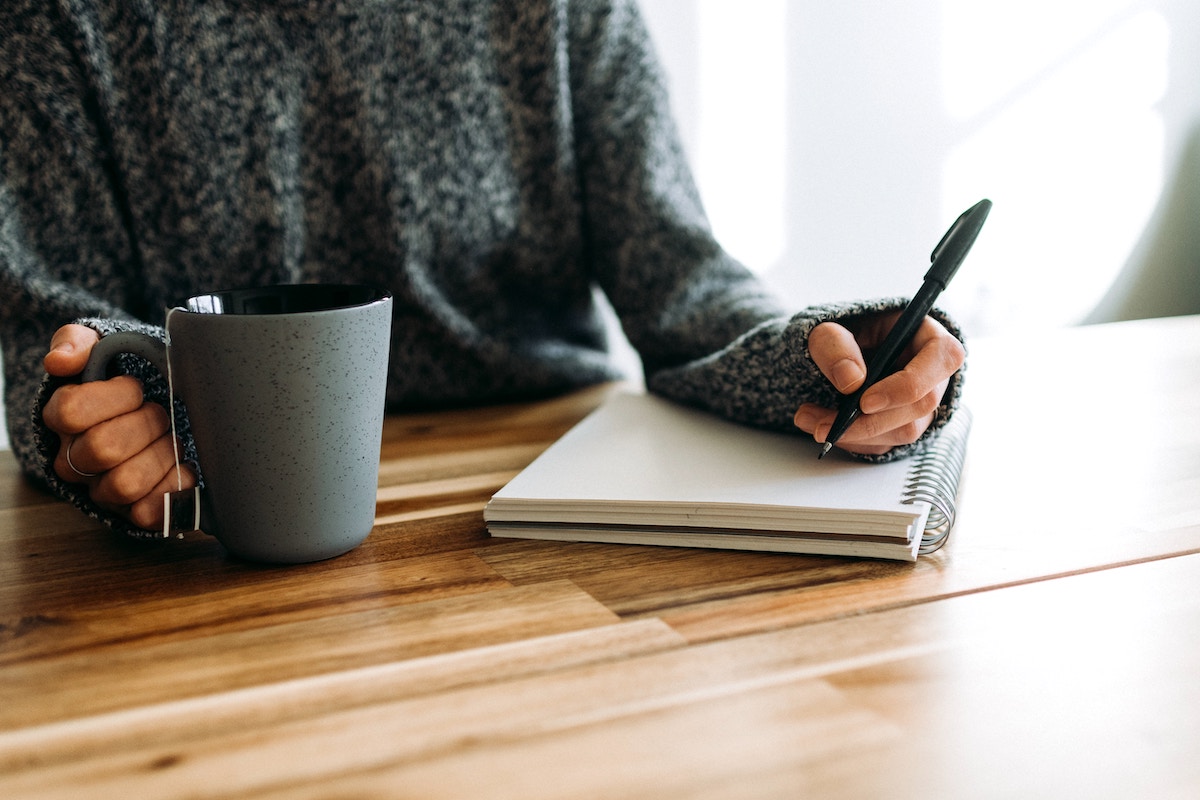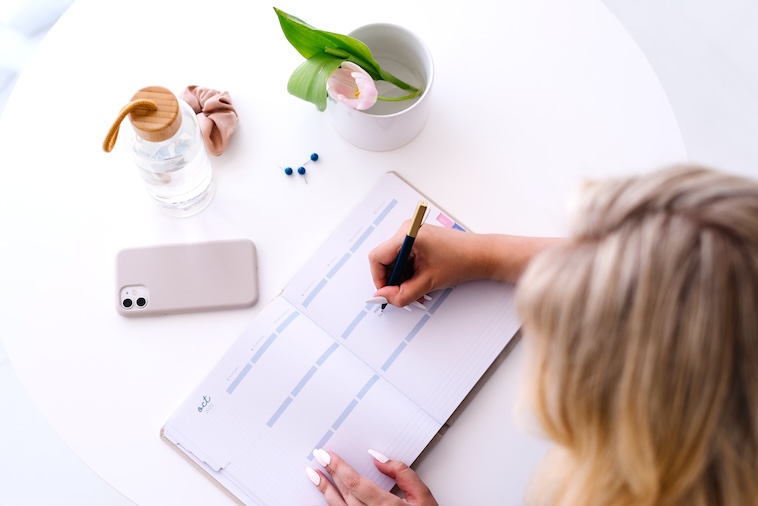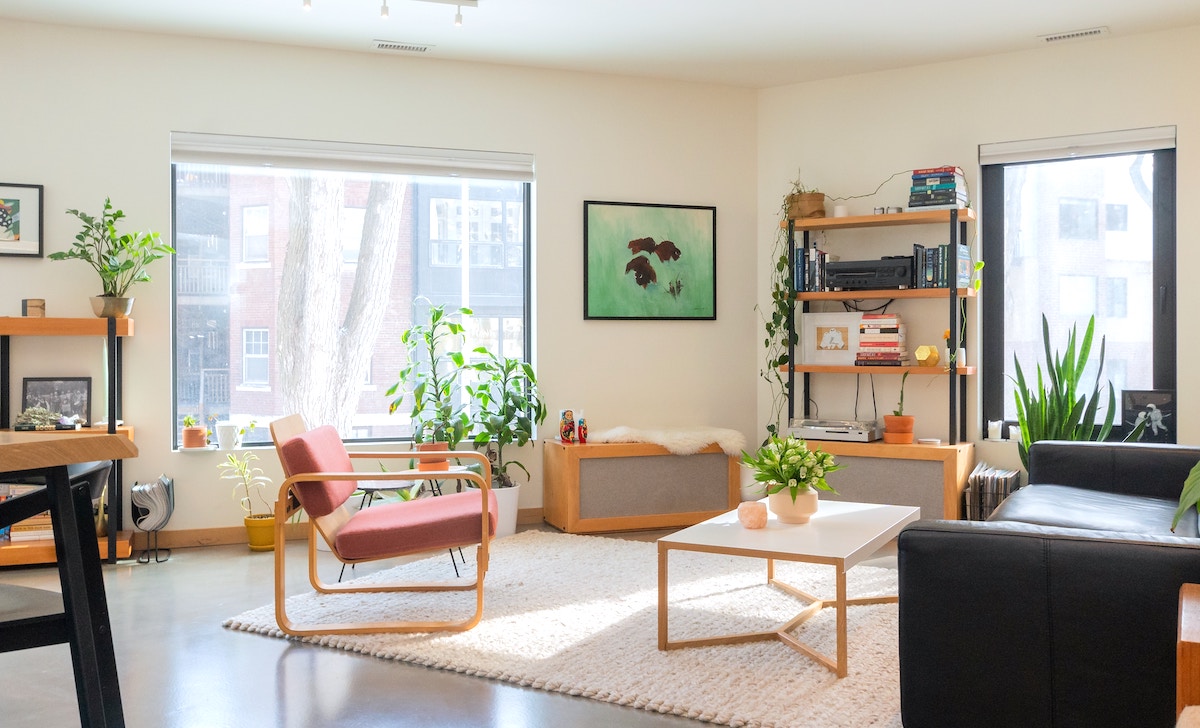How to use a planner to stay organised
Last Updated on May 4, 2024
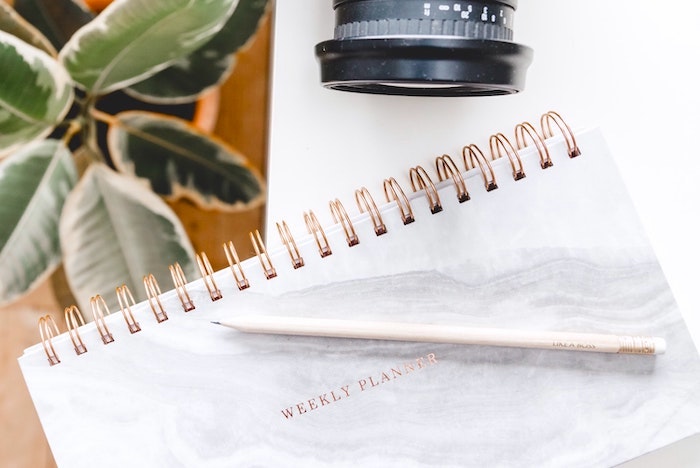
Photo by Georgia de Lotz on Unsplash
Last year I started using a planner to plan out my days, and I couldn’t be happier with my decision.
Whilst I still use my bullet journal and Google Calendar to keep track of recurring appointments and to create lists, my planner is my organisational lifeline. I wouldn’t be able to get anything done if it wasn’t for this fantastic organisational tool.
If you’re interested in using a planner to stay organised, but would like to learn a little bit more on how to do this, then I hope this post provides you with some inspiration to get started.
WHAT IS A PLANNER?
A planner is a notebook that has yearly, monthly, weekly and daily time blocks in it, that you use to record and act upon appointments, tasks, and to dos.
The best thing to do when deciding what planner to buy is to decide what time period you’d like to plan by.
I like to plan a week at a time, so the planner that I use has one week spread over two pages, and is the Plum Paper Horizontal Two Sided Days Planner.
THE BENEFITS OF USING A PLANNER
The benefits of using a planner include:
- All your notes, lists, appointments, and to dos are in one place
- You can’t accidently delete anything from it
- Some planners are customisable so you can start them at the month of your choice and add extra pages like budgets, chore lists, and family schedules
- You’re more likely to remember what you need to do as research suggests that the act of writing enhances retention rates
- You can use it to record anything that enters your brain, freeing up brain space for other things
HOW TO USE A PLANNER TO STAY ORGANISED
The best way to use a planner to stay organised is to have a monthly overview, and then break your monthly overview items into smaller tasks in your daily pages.
For example, in my planner’s monthly pages I record holidays, birthdays, catch-ups and appointments.
I then rewrite these items against the day they happen on in the daily page section, breaking it up into smaller tasks if applicable. I’ll explain this further in the next section.
USING A PLANNER’S DAILY PAGES
A planner will always have a section dedicated to allowing you to list out what you need to do each day.
The planner may have all days of a week across two pages like mine, or have one day to a page.
The daily pages are integral in helping you to stay organised, as it’s on a planner’s daily pages where you break your monthly overview into smaller tasks.
Using a birthday as an example to explain this further, first you would list a birthday in the planner’s monthly overview.
Once the month of the birthday arrives, you would rewrite the birthday on the relevant day in the daily pages section. You would then list everything you needed to do for the birthday on the days that you wish to do them by, helping you to stay organised by getting all birthday related tasks done by the time the birthday arrives.
Some tasks that you may need to do for the birthday include buying a present, wrapping the present, making a cake, and attending a party. You would list these things against the day you want to do them, along with ideas to achieve each task.
So when buying a present, you’ve decided that you’d like to do this two weeks before the birthday. This means you would write buy birthday present on the date that falls two weeks before the birthday, and you may decide to break this task up further by also writing down on the same date any present ideas you have, and even shops where you can visit.
Once you’ve done something on your daily page, check it off, you’ll be amazed at how great it feels to get something off your daily to do list.
SET UP A PLANNING ROUTINE
The most important thing when using a planner to stay organised is to use it everyday.
Look at your planner regularly throughout the day, and write things in it as soon as you need to.
My planning routine starts on a Sunday. Every Sunday night I sit down with my planner and my phone, and list anything that I’ve scheduled in my phone when my planner wasn’t with me against the relevant day in my planner.
I also have lists in my planner including what chores I’d like to do on what days, so I refer to that list and put chores against the days I want to do them on. Here are 50 reminders and 60 list ideas to put in your planner if you’d like to do something similar.
Lastly, every morning I look at my day in my planner, and if I have more things listed for the day then I think I’m able to do I prioritise 3 things and move anything not done to another day.
What do you include in your planner to stay organised?

